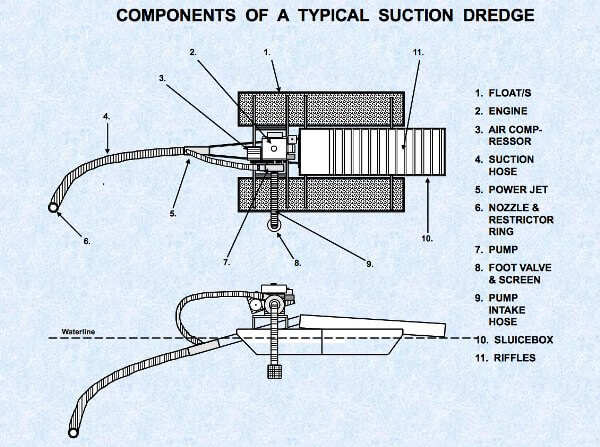

Small vessels (<12 m) are not equipped, and VMS data analyses are usually conducted at a spatial resolutions ranging from 1 to 10 km because of the low reporting frequency. However, VMS data have certain limitations. Since the European Union (EU) introduced the Vessel Monitoring System (VMS) ( EC, 2002), significant progress had been made regarding the use of this data for deriving fishing effort estimates ( Piet et al., 2007 Lee et al., 2010 Hintzen et al., 2012 Russo et al., 2014 Tidd et al., 2014). There is a need for a multi-scale approach ( Dunn et al., 2016), while access to high-resolution information is challenging, especially for small-scale fisheries ( Breen et al., 2015 Gloaguen et al., 2016). Key words: dredge fishery / fishing activity / trajectories / spatio-temporal analysis / automatic identification system / métier analysesĮstimates of the spatial distribution and intensity of fishing activities are necessary to provide relevant information for natural resources management, impact assessment ( Boulcott et al., 2014) and maritime spatial planning ( Tidd et al., 2014). The proposed method is semi-automatic and generic making it suitable for other applications. The results identified dredge fishing grounds for great scallop ( Pecten maximus) in the western part of the Bay of Brest and provided high-resolution information for scientists and local decision makers on the spatial and temporal seasonal variability of fishing effort. The test was conducted in the Bay of Brest (France) in partnership with a committee of local fishers. The performance of the approach was evaluated in terms of correct discrimination between fishing and non-fishing activities for known fishing positions as well as appropriate error propagation. This study focuses on mapping dredge gear fishing grounds using fishing effort estimates at the métier level based on automatic identification system (AIS) data.


The use of satellite-based vessel monitoring system (VMS) data is constrained by data access restrictions as well as rather coarse data resolution. High resolution estimates of bottom towed fishing gears are needed to provide relevant information for natural resource management, impact assessment and maritime spatial planning. Damien Le Guyader 1 *, Cyril Ray 2, Françoise Gourmelon 1 and David Brosset 2ĬNRS LETG-Brest, European Institute for Marine Studies, University of Western Brittany,


 0 kommentar(er)
0 kommentar(er)
